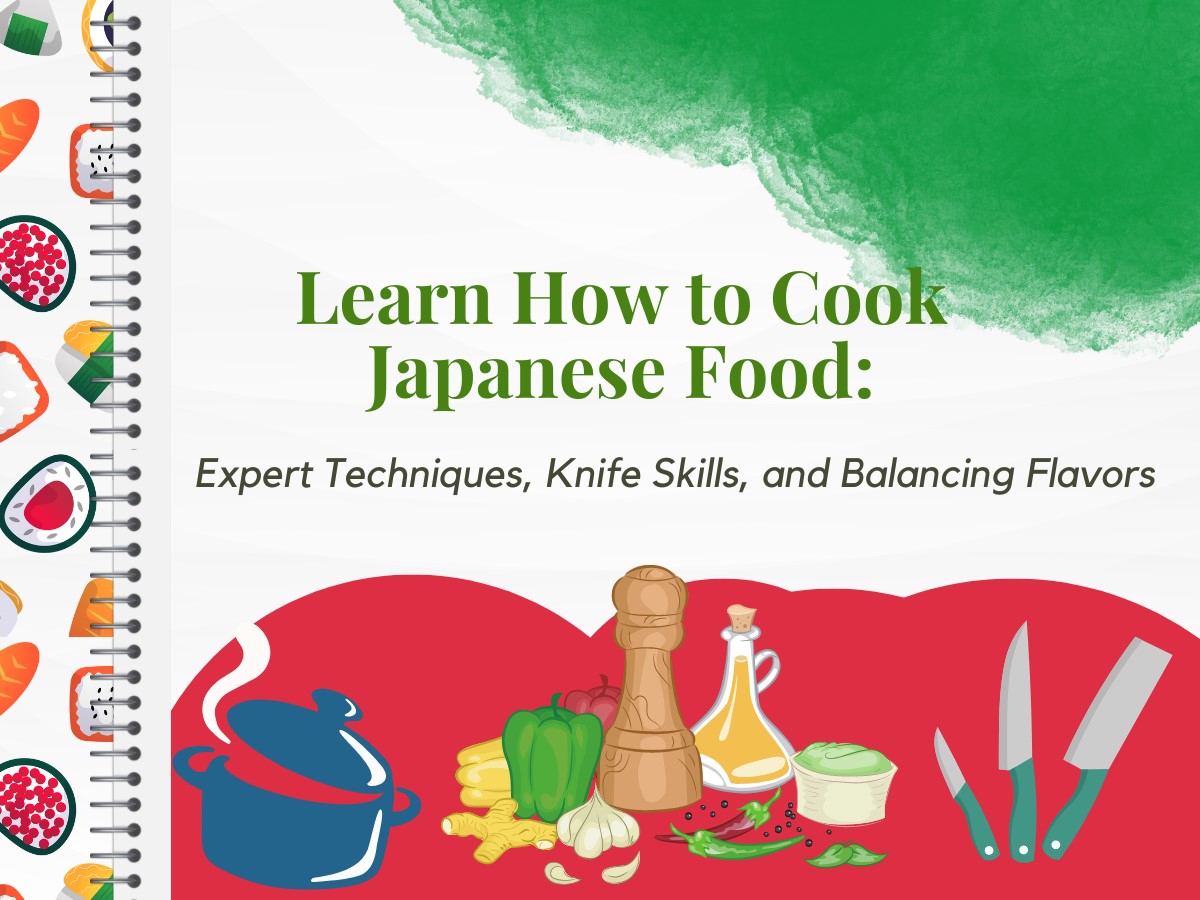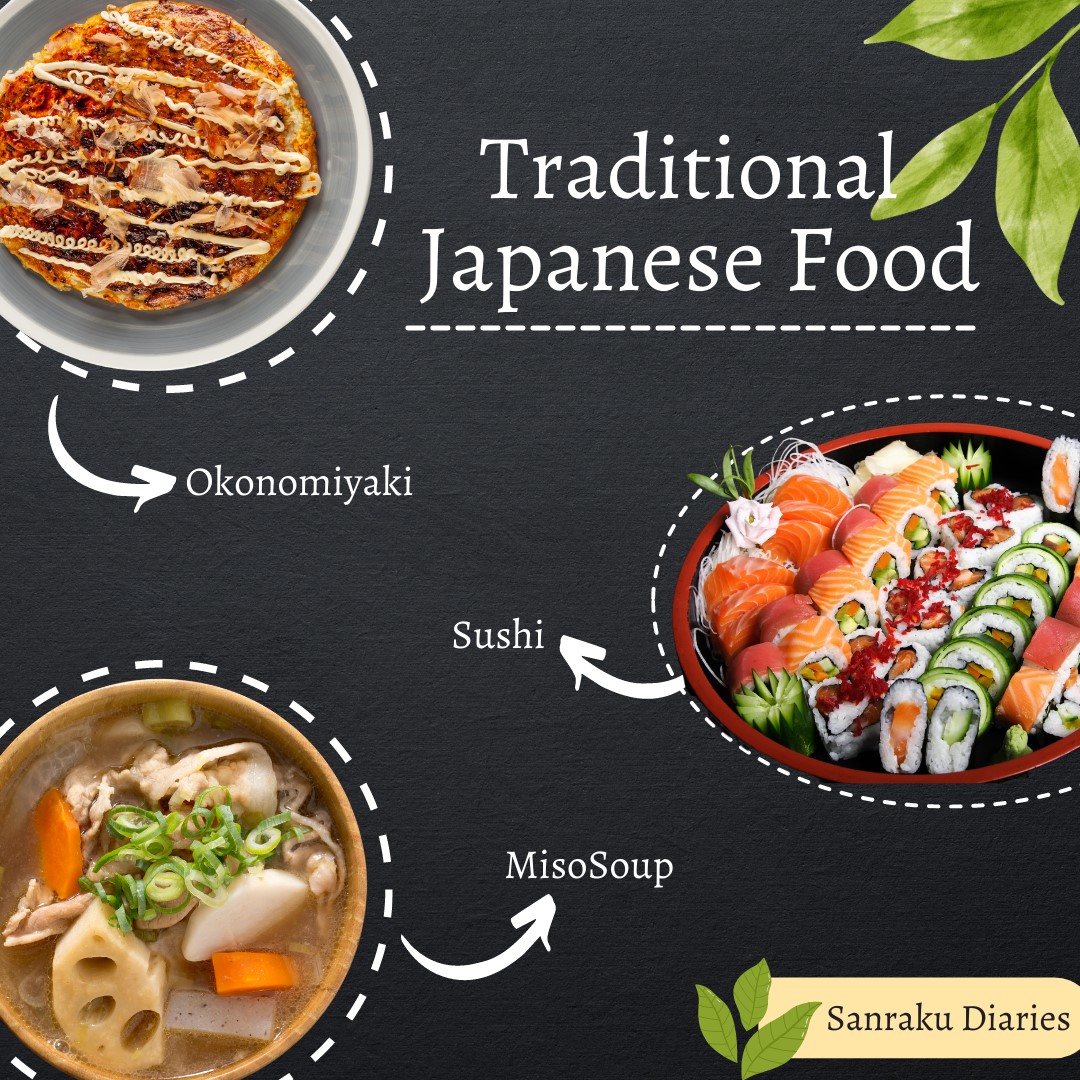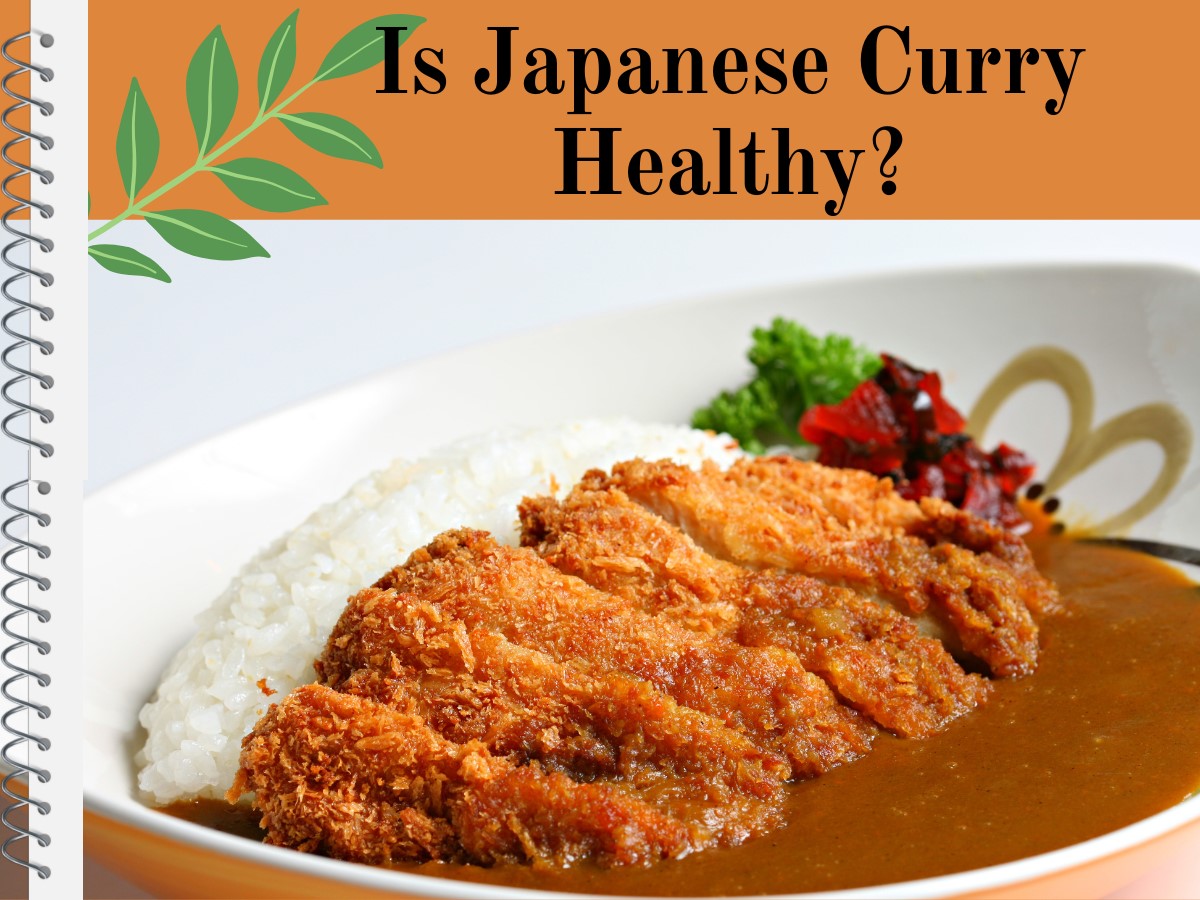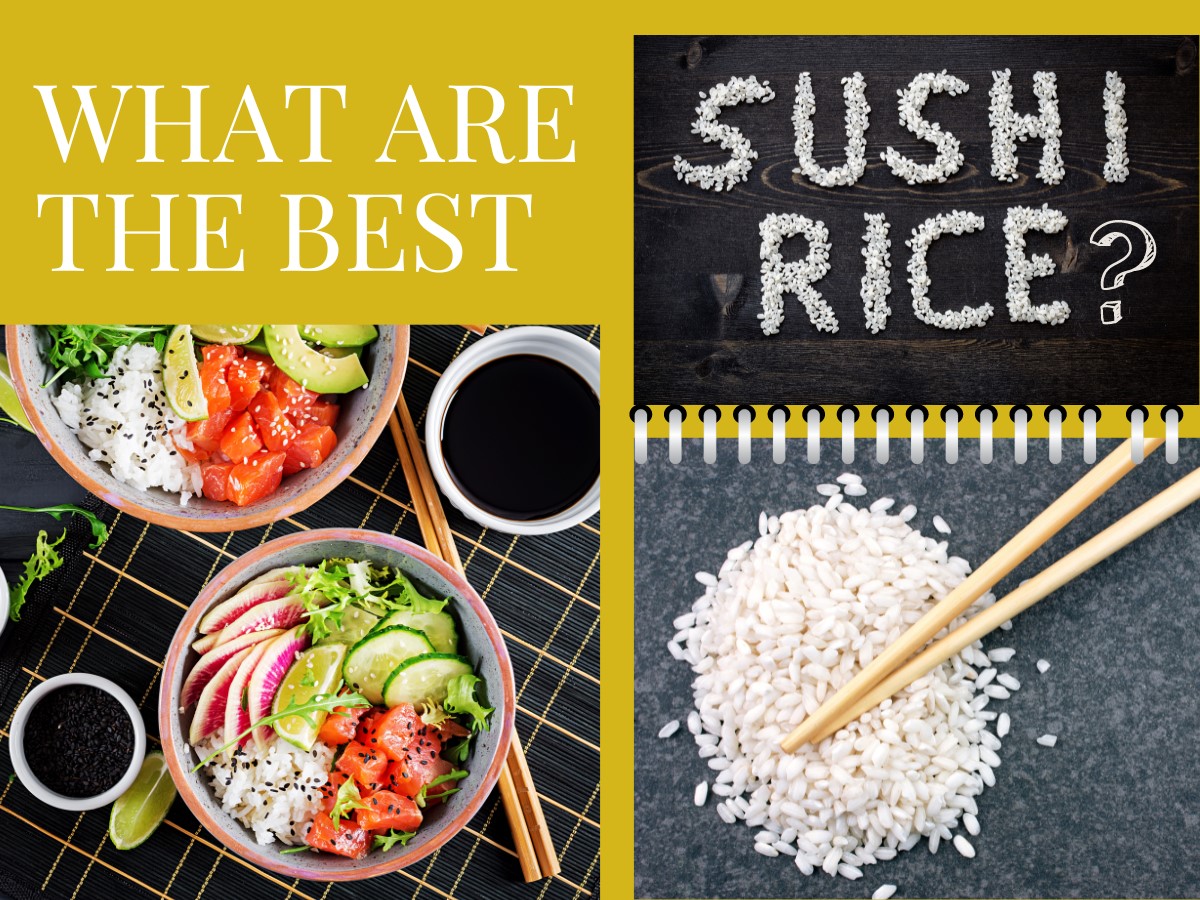There is no doubt that Japanese food has taken the world by storm, captivating food lovers with its exceptional flavor, aroma, and texture. Japanese cuisine offers diverse flavors that tantalize taste buds and leave lasting impressions. But it’s not just the flavor that makes Japanese food so popular. It’s also the culinary art of Japanese cuisine, the meticulous attention to detail, and the capacity to create memories through food that has captured the hearts of many.
Japanese cuisine is delicious, healthy, and elegant in appeal. It’s no wonder Japanese food has become a global sensation. So in this article, we will explore the reasons behind Japanese food’s popularity, taking a deep dive into the rich culture and customs that have made it what it is today. Additionally, we will examine how washoku promotes a healthy lifestyle, which is why Japanese food is so popular.
Reasons: Why is Japanese Food so Popular?
The following are some prominent reasons why Japanese food has made its mark around the globe and why people are obsessed with Asian cuisines.
The Intricate Balance of Flavors, Aromas, and Textures
Japanese foods are known well due to their unique and intricate flavors. From the subtle umaminess of miso soup to the bold spiciness of wasabi, Japanese cuisine offers a wide range of flavors, perfectly balanced to tantalize everyone’s taste buds. So it’s not wrong to say that Japanese foods have something for everyone to enjoy.
Never had the scent of fresh sesame oil and aged vinegar ever made your mouth water? Didn’t the crispy, crunchy notes of hot tempura make you hungry? It’s a yes, for sure. So not only the savoriness and the precisely-proportioned flavors, the appetizing aromas and the finest texture of Japanese foods have made this cuisine prevail in the culinary world.
Aesthetic Appeal
There’s no denying that a plate strewn with captivating colors, clean lines, and elegance belongs to Japanese cuisine. Because when it comes to Japanese foods, presentation matters a lot, and it should lure food enthusiasts.
Japanese plates are true works of art, with every element carefully put into creating a visually ravishing and aesthetically inviting dish. It is this emphasis on the presentation that has made Japanese food popular among those who value not only the taste of the meal but also its expression.
Memory Evoking Meals
Japanese foods are the best storytellers. Whenever people order a meal at a Japanese restaurant, their experience is so overwhelming that it leaves a lasting impression and an unerasable memory in the brain. Therefore, each Japanese dish speaks of something and relates to everyone in one way or another, which is one of the reasons why Japanese foods are so popular.
Enriched Culture
Japanese cuisine has gained widespread acclaim owing to the country’s unique culture and traditions. Japan has a rich history, and its traditional meals showcase a profound love of nature, the varying seasons, and aesthetics.
Moreover, the precision, focus, and reverence for the ingredients in the Japanese culinary world produce meals that are not only delectable but also visually compelling. Additionally, Japanese food gained popularity worldwide due to its cultural connotations, which include its connections to hospitality, friendship, and celebration.
Health Benefits
Beyond the flavor and appearance, Japanese foods are well-liked for their health advantages. These are renowned because of the healthy and fresh ingredients, including fish, veggies, and rice, all of which are highly nutritious and less fatty. The omega-3 fatty acids found in seafood, prominent in Japanese dietary habits, are great for cardiovascular wellness.
Probiotics and several vitamins in Japanese special fermented foods are also commendable in making the human digestive system more efficient. Moreover, Japanese foods are healthier than other cuisines since conventional Japanese techniques for cooking, like grilling, simmering, and steaming, allow nutrients to be retained within the food.
Also Read: Why Is Japanese Food So Healthy? The Secrets of the Japanese Healthy Diet
Commercial Value and Market Trends
From a business standpoint, Japanese food has developed into an extremely lucrative sector, particularly in the Western market. The appeal of Japanese food has grown along with the popularity of Japanese anime and pop culture, creating a boom in demand for Japanese restaurants and goods.
In addition to capturing the attention of many diners, the distinct flavors, aromas, and textures are increasing the availability of their restaurants and food items in grocery stores, thereby boosting the Japanese food industry in the culinary world.
Conclusion
It is no secret that Japanese cuisine is integral to the global culinary landscape- thanks to the combination of conventional cooking approaches, attention to presentation, and cultural essence. Various elements, including Japanese cuisine’s distinct flavor, aroma, textures, and health advantages, can be credited to its popularity.
In a nutshell, Japanese food is a favorite cuisine among food enthusiasts worldwide because it is truly a sensory adventure that appeals to all sensations. Whether you enjoy sushi, ramen, or tempura, there is no arguing that Japanese cuisine has conquered the culinary world and is here to stay.
Also Read: Learn How to Cook Japanese Food: Expert Techniques, Knife Skills, and Balancing Flavors
Learn How to Cook Japanese Food: Expert Techniques, Knife Skills, and Balancing Flavors





